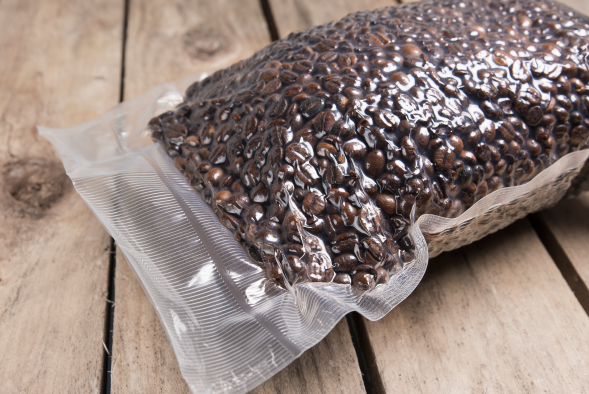Can Food Smell a Bit Like its Packaging?

If you’ve ever opened a food or beverage and noticed that it tasted a little like its packaging, you are certainly not alone. Oddly enough, this strange taste isn’t due to the packaging itself leaching into the food. In fact, it’s quite the opposite – the flavor and aroma of the food is being absorbed by the packaging, in many cases. Fortunately, there are plans in the works to put a stop to this.
Research from A*STAR
The A*STAR Institute of High Performance Computing alongside researchers from the Atlanta-based Coca-Cola Company to figure out exactly why packaged foods seem to either lose flavor or change flavor by the time they reach the end user. Jianwei Zheng from A*STAR knows that polymeric packaging absorbs flavor and aroma molecules from food, but what he doesn’t know is how long it actually takes for those changes to occur. The two companies worked together to discover just how quickly these packaging polymers would absorb aroma molecules, thus allowing food manufacturers and contract packaging companies to make better decisions about their processes and offerings.
What They Found
When it comes to beverages, Zheng says that the research made it quite clear that organic molecules inside beverages – including flavor molecules – are very diluted. This made it very difficult for Coca-Cola or A*STAR to quickly and accurately determine the threshold at which a beverage’s flavor or aroma would change due to absorption of flavor molecules into the packaging. Thanks to the partnership, the two companies were able to develop an equation that would allow them to make accurate predictions based on short-term observations.
The researchers took the Flory-Higgins theory, a scientific mathematical model that was developed back in the 1940s to describe how polymers and solvents behaved when mixed and adapted it in such a way that they could instead describe the way polymers and organic molecules – such as the ones that provide flavor and aroma – behaved when mixed. They did this by combining the theory itself with GCM, or Group Contribution Methods, which (in layman’s terms) concludes that the chemical properties of a substance are dictated by the various chemical groups within that substance.
Applying the Theory to Food Packaging
This calculation – the combination of the Flory-Higgins theory and GCM – predicts how much of the organic matter that carries flavor and aroma will absorb into its packaging by measuring the mixture of every single chemical in the polymer with every single chemical in the organic matter. The calculation works very, very quickly. It was tested with packaging materials such as PVC and PED, and the research team found that the results they were able to obtain with their calculations were on par with data that was already available to them.
Ideally, this information will be utilized in such a way that food manufacturers and contract packagers can determine the ideal packaging materials for different types of foods and beverages. This would mean packaging foods and beverages in materials that have been proven to protect aroma and flavor through slow absorption. The result would be better-tasting, fresher food, happier consumers, and thriving businesses in the food industry.